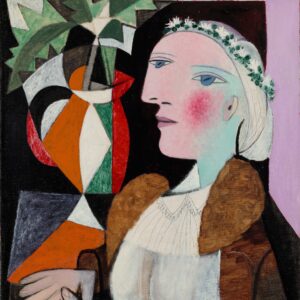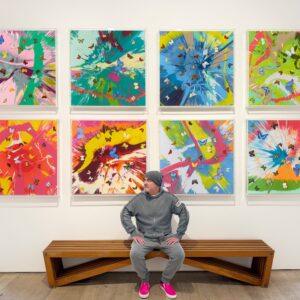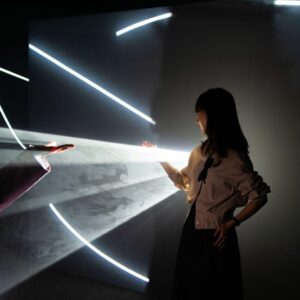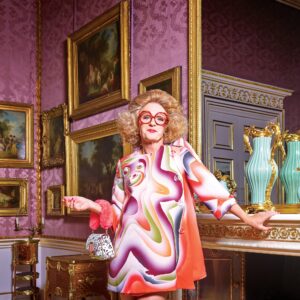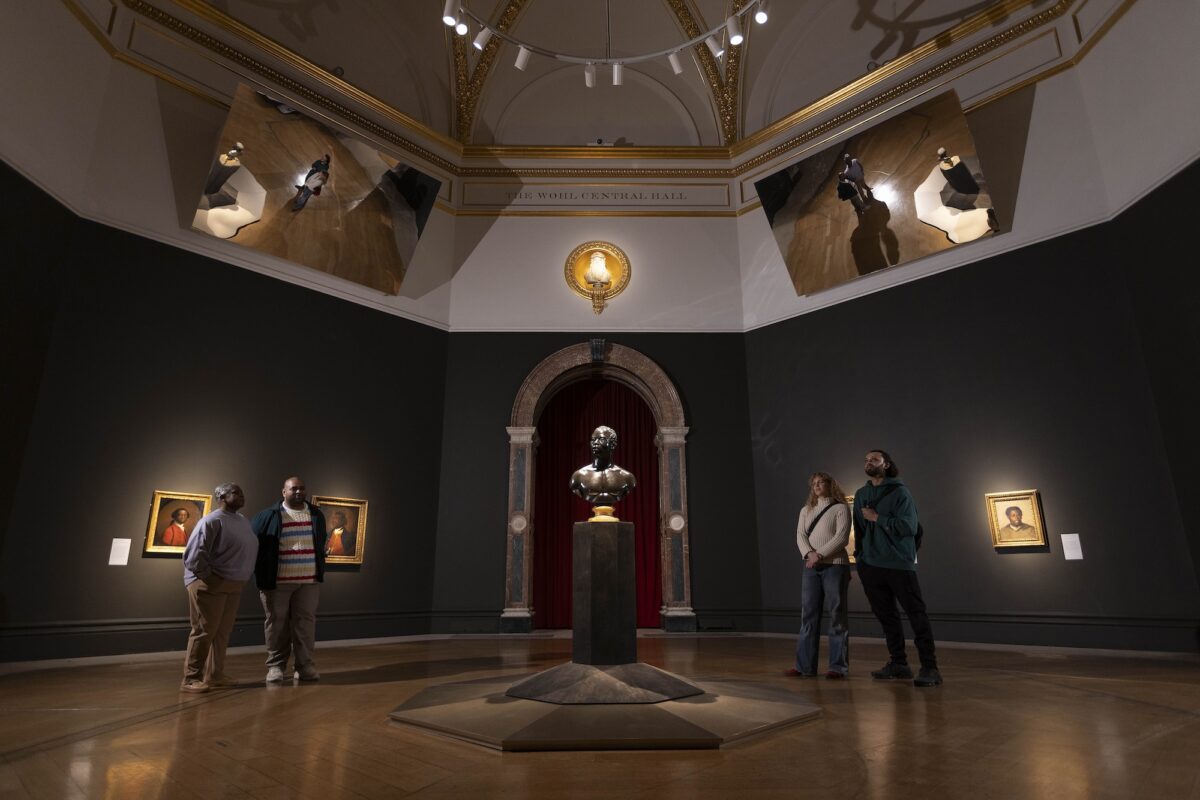
It feels as if there’s another major exhibition announced every day this month, including three shows tackling aspects of postcolonial heritage all opening in quick succession. Each a powerful example of a fresh wind blowing through hallowed museum spaces, all conceived during or just after the pandemic, coming together as inseparable parts of a wider story.
The much-anticipated Entangled Pasts 1768-now at the Royal Academy of Arts kicks of the season and sets the bar high.
Visiting a major exhibition at the RA can leave you exhausted at the best of times: the imposing architecture and sheer volume of art on display, generally accompanied by expansive explanations spread across walls and cabinets, can be overwhelming. With Entangled Pasts the sense of exhaustion takes on another dimension.
While most recent exhibitions I’ve visited at the RA followed a chronological order of numbered rooms, Entangled Pasts takes you straight to the Central Hall at the heart of the main galleries. The domed room with its gilded roundels and busts asserts ‘Sites of Power’ and sets the tone for the first of three thematic sections.
In keeping with the traditional academic hierarchy that considers Grand Manner painting as the highest style of art, viewers find themselves surrounded by historical portraits in an environment darkened to dramatic effect. Yet unlike the royalties and dignitaries usually presented in this style, these are all of Black men. Lesser known than the men who painted them, some not even named.
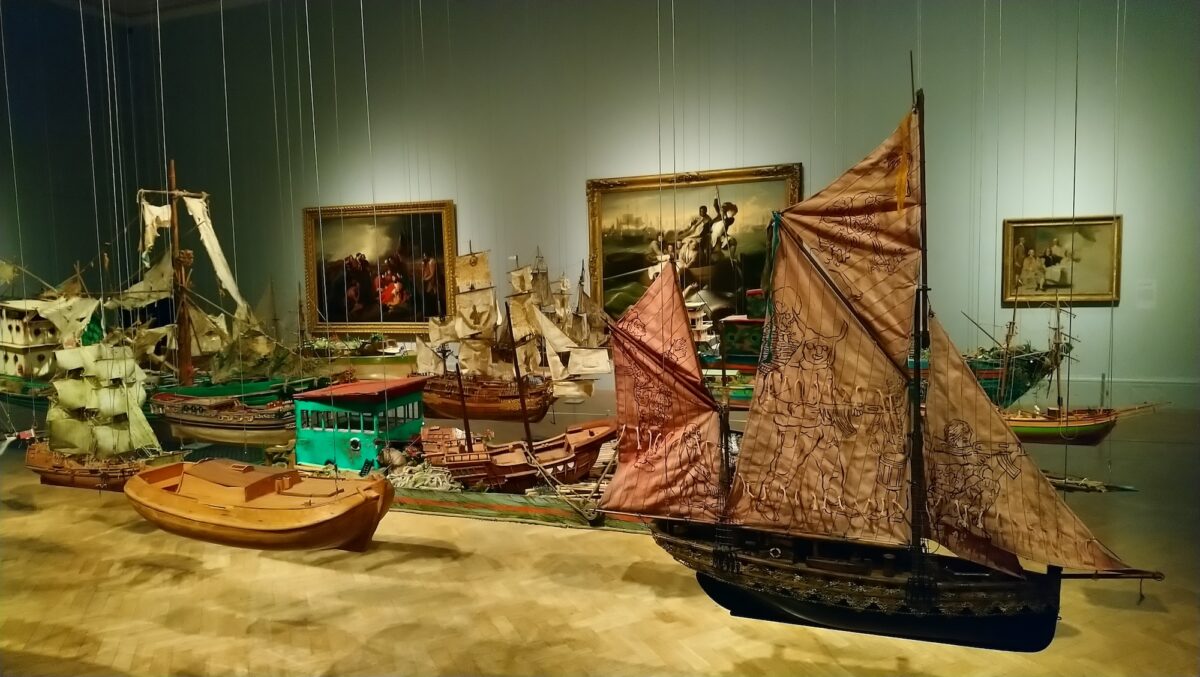
The exhibition continues with Hew Locke’s Armada fleet of sailing ships. His vessels, ranging from precarious rafts to proud galleons and cargo ships, float between historical paintings of dramatic maritime and battle scenes on one side and society portraits of plantation owners on the other. In its introduction the exhibition guide states that ‘works of art have always been agents of change, flashpoints of contemporary debate and producers of meanings that are never fixed’, a sentiment underlined by the introductory panels and individual descriptions which reassess the historical works from a postcolonial perspective. With plenty of references to the abolition movement and only one Academician named as having owned enslaved people while many benefited indirectly, a more radical reading of the displays is toned down somewhat.
Presenting the accompanying booklet as a collection of verse and prose by historical and contemporary voices and positioning poetry as a ‘sister act’ to painting, turns this into a component of the exhibition itself rather than an actual guide. With each room posing as many questions as it answers, the exhibition catalogue becomes a compulsory purchase.
Whereas the Barbican dedicates an entire exhibition to the power and politics of textiles in art, cloth and fibre are predominantly mentioned as a commodity of trade here, in particular in reference to the East India Company. Historical works appropriating Indian mythology, miniature paintings or calligraphy by artists who never even visited the continent are shown alongside contemporary works by artists of Indian heritage.
The introduction to the second section on ‘Beauty & Difference’ again reminds visitors of the hierarchy of painting types endorsed by the RA with landscape considered a lesser genre (overall the RA recognises only four categories: painter, sculptor, architect and printmaker). Examples of a colonial gaze on nature and architecture that merged exoticism with familiarity are challenged by contemporary works based on lived experience and legacies.
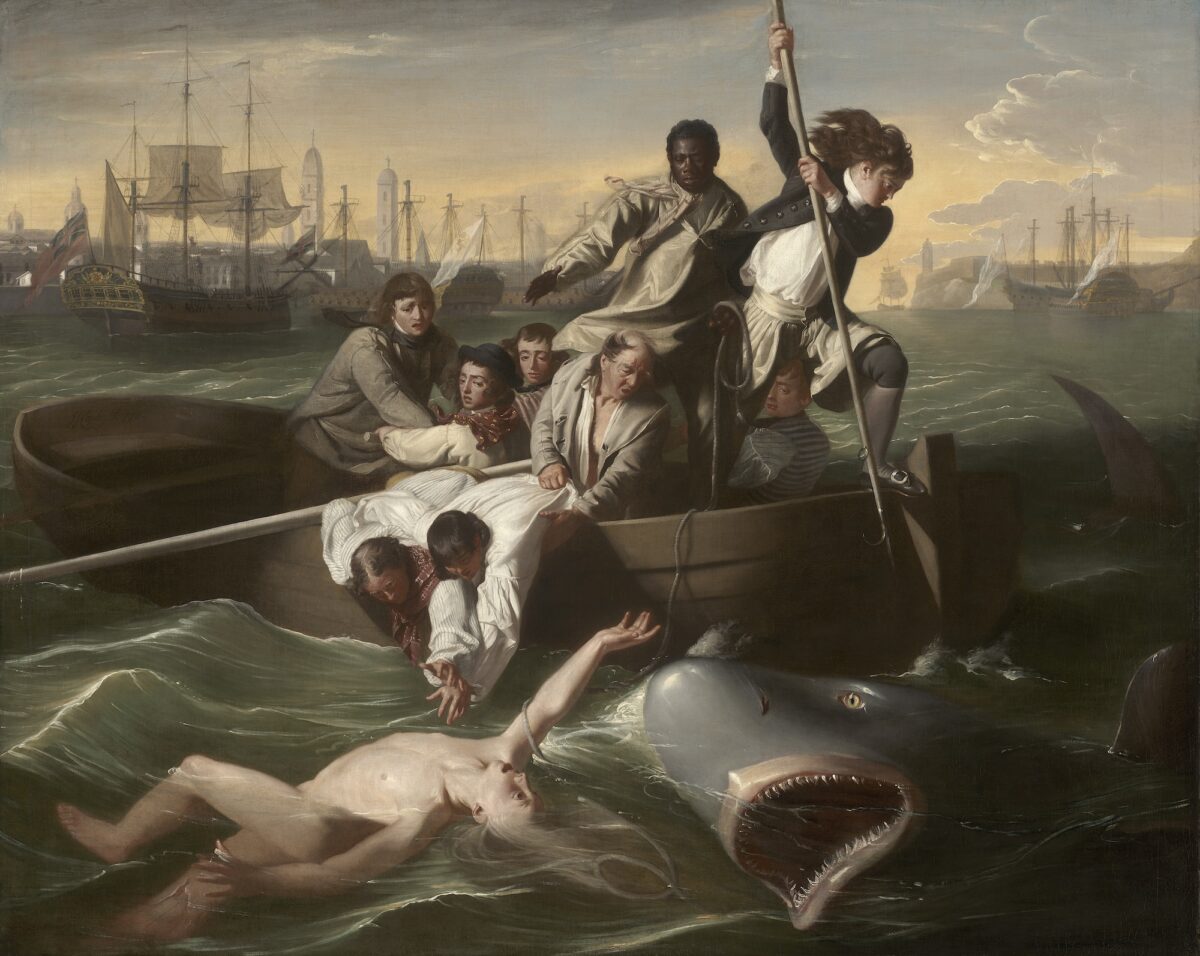
This section also includes a couple of the exhibition’s most radical pairings of works that comment on another shade of hierarchy, with Betye Saar’s powerful installation I’ll Bend But I Will Not Break opposite Frederick William Elwell’s painting of the all-white, all-male Royal Academy Selection and Hanging Committee 1938. Viewed in conjunction with Edwin Longsden Long’s The Babylonian Marriage Market, which depicts an auction of a long line of young brides ranked according to skin tone, Keith Piper’s The Coloured Codex evokes a whole palette of reactions as you realise it is not actually a historical artefact.
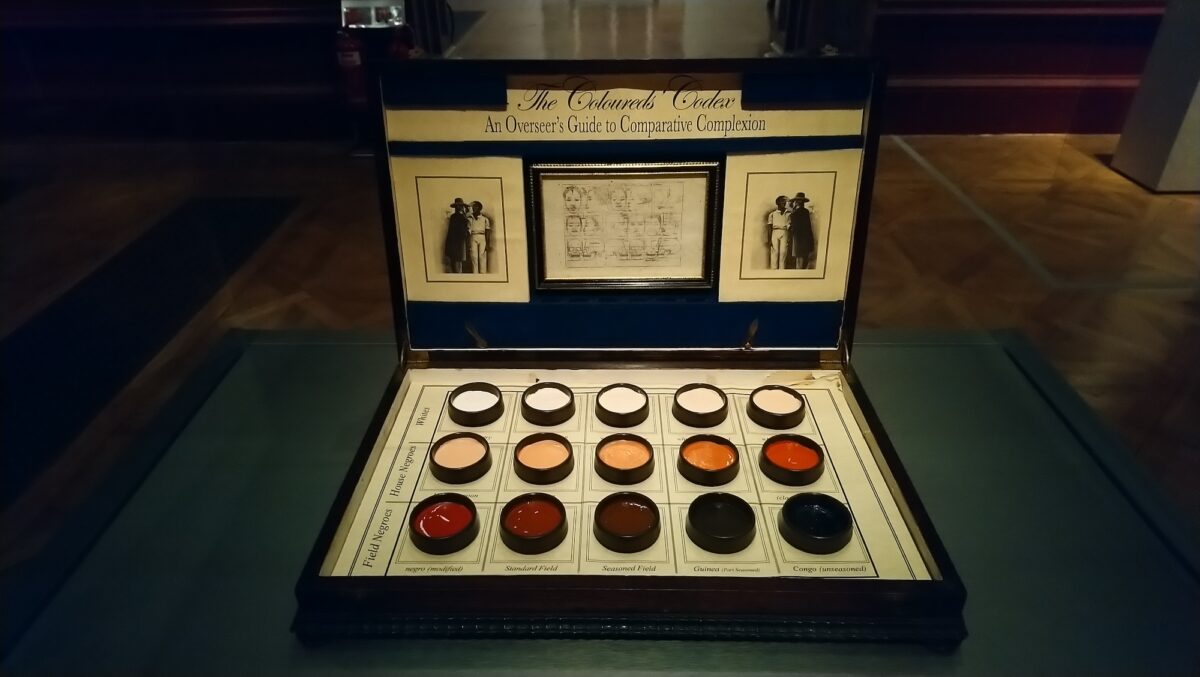
The scholarly approach of the exhibition makes it possible to remain fairly detached until you reach ‘Crossing Waters’. Works by Frank Bowling and Ellen Gallagher in dialogue with two of JMW Turner’s maritime paintings as reminders of expressing the sublime barely prepare you for the emotional rollercoaster unleashed by John Akomfrah behind a wall in the same room. Scenes in both his and Issac Julien’s video works in an earlier room remind of Caspar David Friedrich’s lone figures looking out across expanses of nature. Vertigo Sea draws attention to past and present horrors with panoramic scenes of aquatic beauty alternating with staged scenes and historical footage – the sublime balance of awe and terror.
With your head spinning and heart racing from this 48-minute video voyage, you are released into the joyful company of Lubaina Himid’s colourful installation of 100 life-size figures that tell individual stories of servants, immigrants and asylum seekers. Bringing to a close a journey through art history on a hopeful note.
Entangled Pasts, 1768-now, Royal Academy of Arts, until 28th April 2024
Tickets from £22; concessions available; under 16s go free (T&Cs apply); 16 to 25 year olds can access a half price ticket (T&Cs apply). Exhibition catalogue £25.




